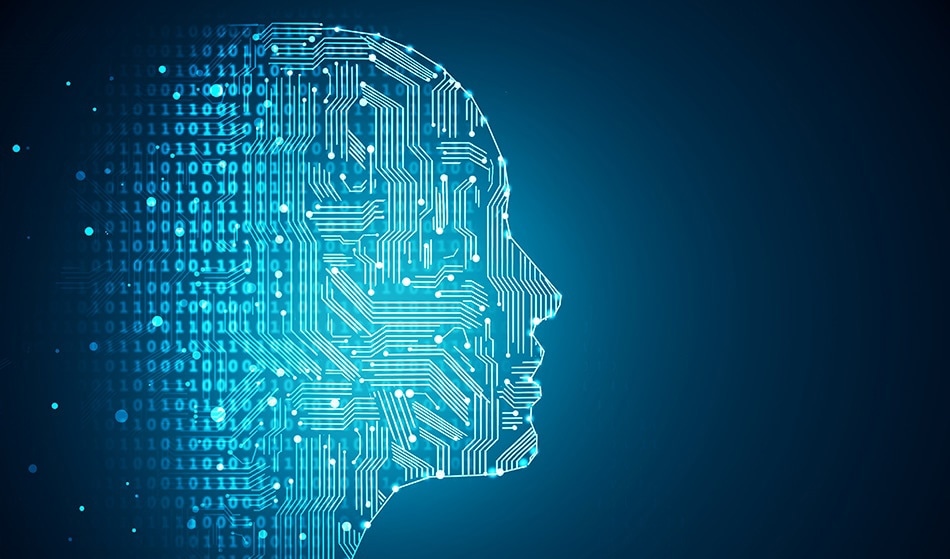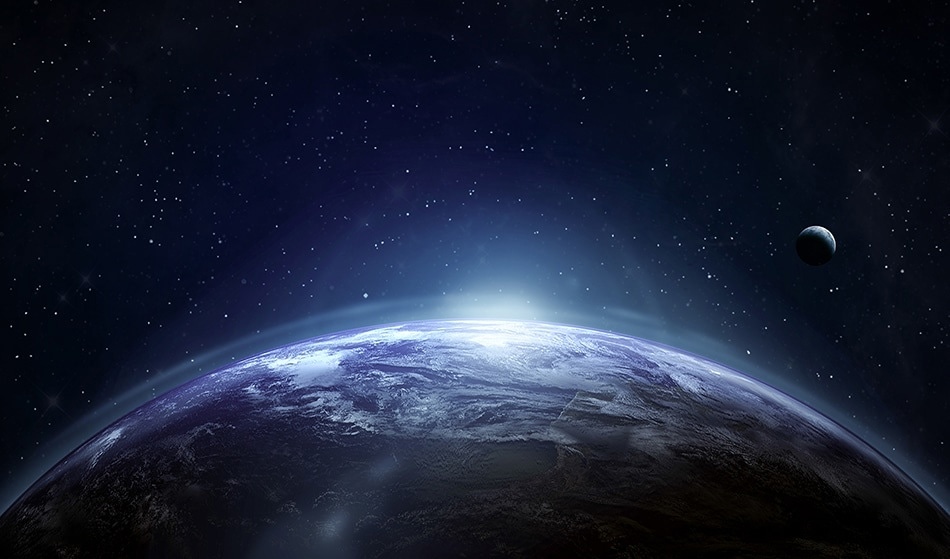Artificial intelligence has always seemed futuristic, something seen in movies where humanoid robots begin to think for themselves, but it has quietly been seeping into our everyday lives – think Siri and Alexa, and self-driving cars. In science, it has been helping researchers make great progress in their work, particularly in astronomy, by searching through reams of generated data.

Image credit: Peshkova/Shutterstock
Artificial intelligence (AI) can automate any typical menial task a person can do with less than a second of thought, making it the perfect tool for sifting through data and exploring the universe. While the entertainment industry seems keen to implant AI in humanoid automatons, science has been quietly creating networks based on the neural system of the human brain to sort through the masses of data created to find something meaningful.
The enormous improvements made to telescopes over the years mean that astronomers have lots of data – far more than they know what to do with, and much more than they can physically sort through. AI is particularly good at analyzing images; computer programs made up of digital neurons akin to the human brain, which fire in response to input have been trained to recognize patterns and to look for changes while sifting through data. These so-called neural networks have been used to search for phenomenon such as black holes, gravitational waves and dark matter, classifying galaxies, and in the discovery of new planets.
In December 2017, it was reported that AI had been used to discover Kepler 90i – a hot rocky planet within the Keplar solar system that bring the total number of planets there up to eight. A computer program was trained to examine images, searching for minuscule, previously unnoticed dips in brightness that could indicate a planet. The neural network was accurate to 96% and also spotted a second exoplanet in the Kepler-80 system.
Artificial intelligence could also be helpful in the search for gravitational waves and dark matter. Scientists at Ligo, the Laser Interferometer Gravitational-Wave Observatory, in America have reported that a form of AI called deep filtering could be employed to sort through the data collected by the detector to spot gravitational waves. Similarly, AI could be used to accelerate the removal of interference produced during the complicated and high energy processes involved and search for weakly interacting massive particles – one of many candidates for dark matter.
Some astronomers believe AI could be used to map out hidden parts of the universe based on available data, filling in blind spots in observations. Blurry telescope pictures could be sharpened before neural networks known as generative adversarial networks (GANs) are employed to generate variations of the data it has been studying and developing a best-case scenario. GANs have been used to perfect images of galaxies and reveal previously unseen details – like star-forming spots – that telescopes had not been sensitive enough to pick up.

Image credit: Dima Zel/Shutterstock
Other scientists – including those at NASA – believe AI could be used to search for radio signals which could be a sign of alien intelligence. Machine learning, specifically signal agnostic searching, could be used to look at data without predetermined categories. We often think that aliens will be human-like – as advanced, maybe even more so, but thinking in this way limits our search. This form of AI allows categorization to occur organically; the identification of outliers could be an insight into alien intelligence that differs from the norm.
It seems AI has become part of the arsenal of astronomical tools used to unlock the treasure trove that is the universe, but it must be used with caution. Although machine learning and neural networks are accurate most of the time, and they are pretty good at filling in the blanks, the only way to learn about the universe is to observe it directly – in other words, we still need human astronomers to validate AI’s findings.
References and further reading
Disclaimer: The views expressed here are those of the author expressed in their private capacity and do not necessarily represent the views of AZoM.com Limited T/A AZoNetwork the owner and operator of this website. This disclaimer forms part of the Terms and conditions of use of this website.